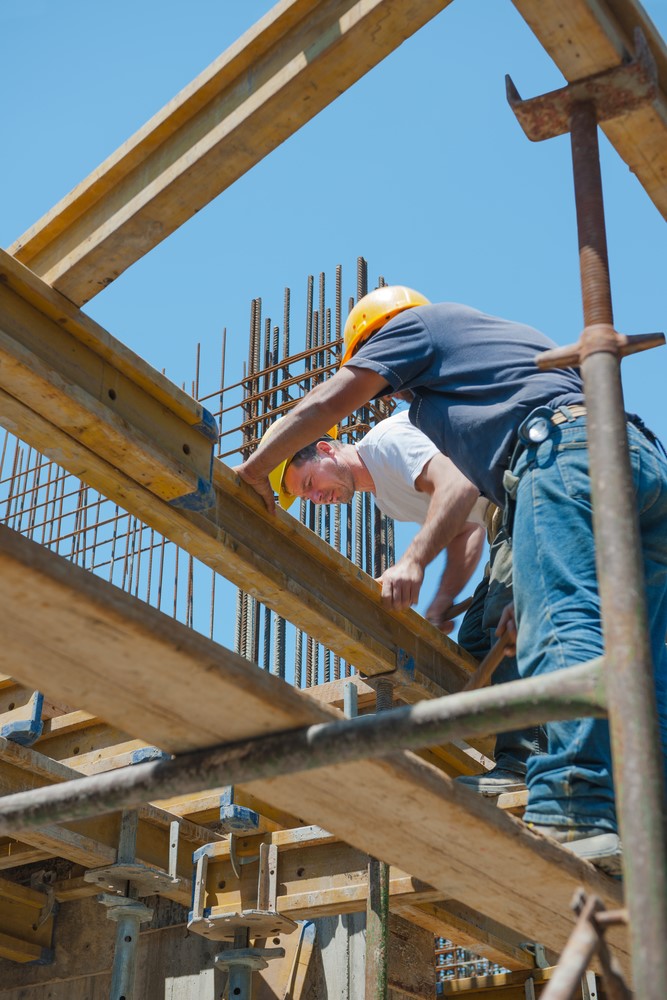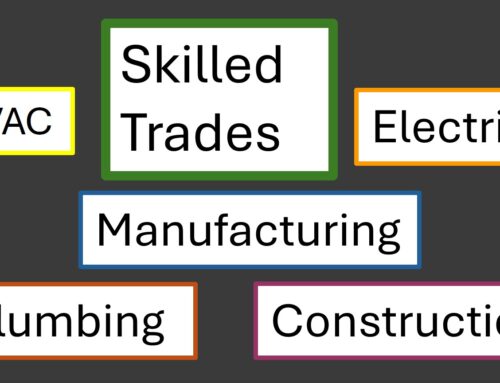
The COVID pandemic blasted through the U.S. economy like a whirlwind. Construction jobs took a hit, just like everything else. Supply chain problems drove material costs up, and labor shortages had companies scrambling to fill positions. Low supply and high demand drove wages to an all-time high. As the government pumped survival money into American bank accounts, inflation began rising. Throw in a war in Ukraine, and you get a perfect storm.
So, what can we look forward to? The Associated General Contractors of America showed a drop in nonresidential construction in May 2022; the third consecutive month numbers have fallen. Compared to 2021, new projects are higher, but the pace is slowing down.
Filling the supply chain remains a problem. Associated Builders and Contractors Chief Economist Anirban Basu warn we will continue to see a lag in materials production due to COVID-19. “Even if COVID went away tomorrow and the Russia-Ukraine war ended, these supply chain troubles will last into 2023 and, in some cases, 2024 – because it takes a long time to build capacity.”
When materials are finally delivered, they cost more. In 2021, the National Association of Home Builders reported that the price of lumber alone increased the cost of building a new home by an average of $36,000. After the U.S. doubled tariffs on Canadian lumber and wildfires disrupted lumber production, the price of softwood lumber jumped 85% in just three months.
As of January 2022, lumber sells at more than $1,000 per thousand board feet. The Commerce Department lowered softwood lumber import tariffs from Canada from 17.9 percent to 11.64 percent as of August 2022. According to the Associated General Contractors of America (AGC), Canadian imports make up 30 percent of the total U.S. consumption of softwood lumber. However, a senior economist, Dustin Jalbert, believes the wild swings of lumber prices have likely ended. He predicts prices will ultimately reach $450 to $600.
Wages continue to grow as well. Average hourly earnings for low-skilled production workers are ringing in at $32.19, while open jobs in the industry and inflation are driving wage increases. As a result, unfilled positions have surpassed the 2019 pre-pandemic peak compared to all jobs. These rising wages will cut into the profits of construction companies.
Recession possibility looms. A pullback in demand may have a silver lining because contractors won’t need to throw as many unskilled laborers at their projects, which cuts productivity.
Recession or not, the outlook for nonresidential construction looks steady for the remainder of 2022 and 2023. New project work at architectural firms has picked up, with growing workloads creating backlogs of up to seven months. In addition, construction in the healthcare sector remained strong throughout the pandemic, and education renovations and new builds will increase now that colleges are back to in-person classes.
So, as the world gets back on its feet post-COVID, construction woes continue to ease, and while the pace of construction has relaxed, future demand looks healthy. Whether you are looking for a construction position or seeking talent in this sector, Gillmann Services is here for you. With a focus on commercial, industrial, and marine construction, we are experts at matching talent to opportunity. Our motto is, “We work for you!” Call us today!






